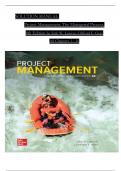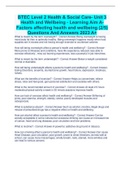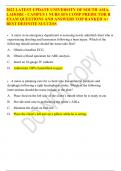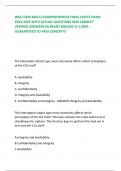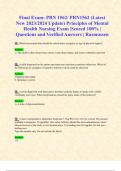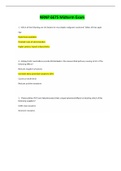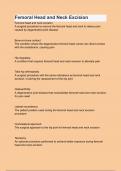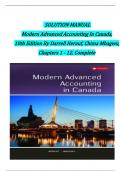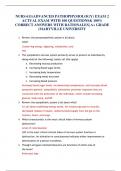Exam (elaborations)
Solution Manual for Project Management: The Managerial Process, 8th Edition By Erik Larson and Clifford Gray, Verified Chapters 1 - 16, Complete Newest Version
Solution Manual for Project Management: The Managerial Process, 8th Edition By Erik Larson and Clifford Gray, Verified Chapters 1 - 16, Complete Newest Version Solution Manual for Project Management: The Managerial Process 8th Edition Pdf Chapters Download Solution Manual for Project Management: Th...
[Show more]
